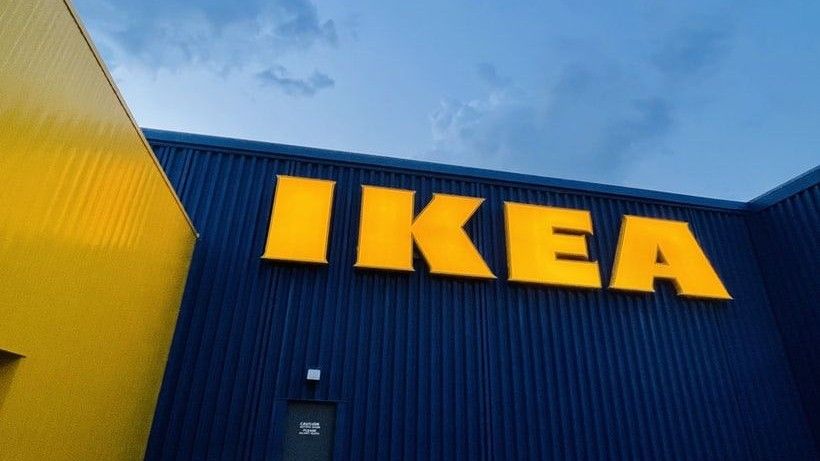The
tech-heavy Nasdaq Composite dropped below its 10,500 psychological support
level for the third time since October. This did not only happen because of
persistently growing interest rate hike worries, but also due to a poke in the
eye from the chipmaking sector. Many semiconductor producers’ stocks renewed
their price lows after the disappointing forecast delivered by Micron
Technology, a large producer of computer memory and data storage. Micron
announced on December 21 that it was going to suspend 2023 bonuses while also
reducing its headcount by nearly 10%, and that's the latest example of an
industry slowdown. A restructure plan "in response to challenging industry
conditions” could require a $30 million charge and less investments in
manufacturing capacity and cost-cutting programs.
Meanwhile,
many institutional experts are inclined to lower their estimates on tech
bellwether names battered by global demand woes, including corporate advertising
budgets. For instance, the analysts at Baird investment bank sharply cut its
2023 price targets on various internet stocks, including Amazon, Google-parent
Alphabet, as well as Facebook and Instagram owner Meta Platforms. New estimates
dropped to $120, $115, and $145 per share, respectively, which is somewhat
higher than the current prices, so that the group still remains bullish on
these mega caps over the medium-term prospect. Esperio analysts believe that a
similar outlook may concern companies, such as, Airbnb rent service, Alibaba
e-commerce platform, PayPal financial service, and many others.
The
recent FedEx stock bounce by 3.35% following the famous delivery company’s
quarterly report may partially revive hopes as it beat estimates. Yet, most of
the income was received due to cost-cutting measures. Therefore, FedEx charts have
remained deeply bearish for the last 18 months. The EPS (earnings per share) of
FedEx at $3.18 has been 12% higher than reported average Wall Street pool
expectations of $2.82. That was the effect after the company managed to find an
additional $1 bln due to cost savings from its overbuilt ground operations.
This
could be considered to be somewhat of a playing defence strategy, or parking
the bus in terms of football tactics, and that is not bad for a weak team for a
period of time. Yet even a strong company may allow a stoppage-time goal
without having enough resource base and skills to attack. Amazon warned about
demand damage in the course of a challenging year, as the profitability is seen
to be disappearing because of much higher costs.
The
revenue of Amazon for the financial year of 2022 could be close to $500 billion,
but the expected costs are also at nearly $500 billion. It means that there is
a high risk for the company to dive into negative territory in terms of profit within
the nearest couple of quarters.
Flagship
retail delivery companies, including FedEx and Amazon, are quite important
barometers of global consumer sentiment. When they give out warning signs about
slowing demand, the investment community cannot just ignore them. So, we wish
much happiness for all buy-and-holders in the coming year, but there is hardly
any reason to fundamentally rely on it.
Alex Boltyan, senior
analyst of Esperio company














